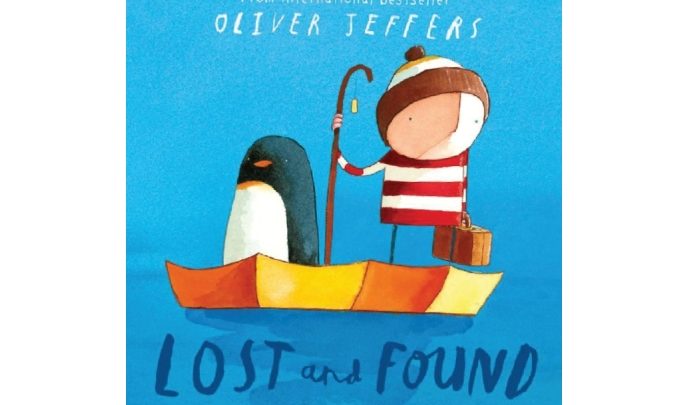10 English Experts Share The Best Primary Books They Ever Taught

Sharing a well-chosen story with the class is more than a lesson, it’s a life experience – for both children and teachers…

- by Teachwire

10 of our Teach Reading & Writing contributors recall their most memorable adventures in literacy…
1. Lost and Found (by Oliver Jeffers)
Lost and Found offers a whole world that takes weeks to explore. When, in the book, the boy “packs everything they would need”, I bring in a suitcase and the children draw and label an item they would pack. They have to persuade the penguin that it is necessary – he may say no!
Over the next few weeks, we track the boy and his penguin on their journey. They stop off in different countries for supplies and so we spend time in France, Portugal, Morocco, Ghana, South Africa. In each place, we hear a traditional tale, we learn some of their language, eat some of their food, sing some of their songs… We write postcards home.
When the weather is bad and there is a storm, we soundscape and create a phonic musical score. When it is good, we think of the stories they will share to keep themselves amused. And when the boy and his friend finally make the return trip, we create our own class book – The Journey Home. – Debra Kidd
2. The Time Machine (by HG Wells)
This was a regular class reader with my Year 9 groups. The book is short, the writing is relatively accessible and the story is exciting, with some beautiful and quite moving descriptive passages: the time traveller’s visit to the world of the far future when the Earth is dying still brings a lump to my throat.
The story also serves as a vehicle for social commentary. At a deeper level than ‘scientific romance’, Wells was talking about the class divisions that existed in Britain in late Victorian times and the sinister consequences that such a rift might bring. In that sense, the story is very dark and takes on the qualities of a parable or cautionary tale.
As well as the text being a rich source for lessons on figures of speech, descriptive writing and the nature of allegory, it serves as a springboard for creative discussions such as: Where / when would you go to in a time machine? What do you think the future could be like? If you could meet any person from the past, who would it be and what would you talk about? – Steve Bowkett
3. The Iron Man (by Ted Hughes)
It’s the magical opening chapters I recall in particular. I hadn’t encountered the book as a child, and was stunned by its craft; it was still fresh when I read it aloud to my first class. The quality of the writing – the figurative and rhetorical language – demanded a theatrical reading. Twenty-two years on, the creation of mystery through unusual perspective still shocks: even the narrator doesn’t appear to know what’s going on!
As I read, I had to stop myself from asking my class questions – reminding myself that they needed to experience it uninterrupted. These scenes now seem presciently cinematic, and I can see it was this that led to our class discussions around how to represent the mystery graphically. Children drew their own storyboard template, selecting frames for close-ups and long-shots. This led to costume-creation and use of percussive sound effects, and eventually a film-short, shot in Appleton Primary’s ‘Wild Garden’. – Christine Chen











